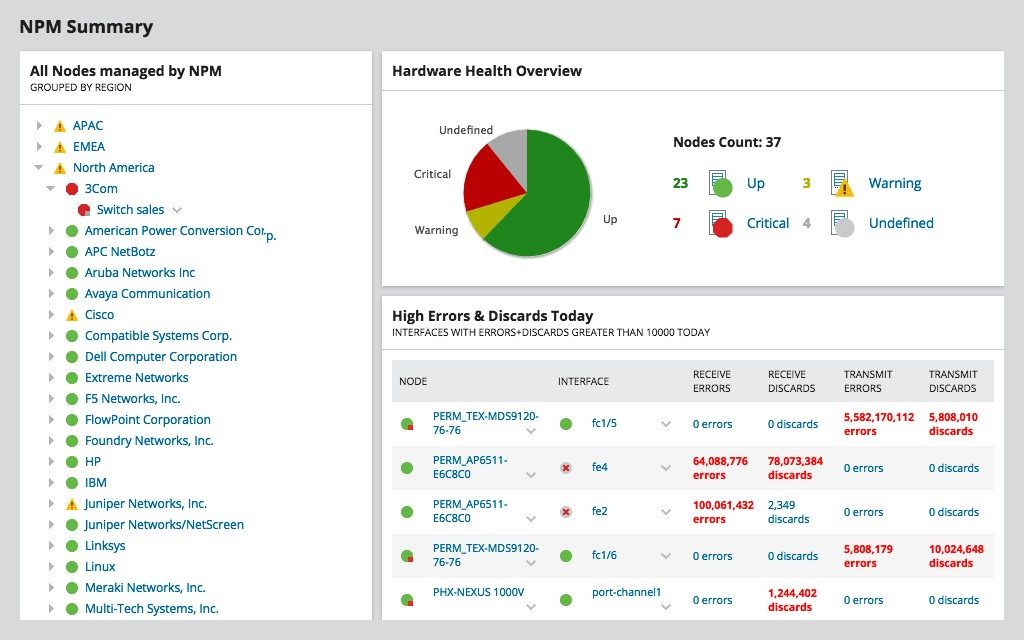

There may also be an aggregation port for full-duplex traffic, wherein the A traffic is aggregated with the B traffic, resulting in one stream of data for monitoring the full-duplex communication. The monitored traffic is sometimes referred to as the pass-through traffic, while the ports that are used for monitoring are the monitor ports. Some vendors define TAP as an acronym for test access point or terminal access point however, those are backronyms. The term network tap is analogous to phone tap or vampire tap. Taps are used in security applications because they are non-obtrusive, are not detectable on the network (having no physical or logical address), can deal with full-duplex and non-shared networks, and will usually pass through or bypass traffic even if the tap stops working or loses power. Network taps are commonly used for network intrusion detection systems, VoIP recording, network probes, RMON probes, packet sniffers, and other monitoring and collection devices and software that require access to a network segment. A tap inserted between A and B passes all traffic (send and receive data streams) through unimpeded in real time, but also copies that same data to its monitor port, enabling a third party to listen. The network tap has (at least) three ports: an A port, a B port, and a monitor port. A tap is typically a dedicated hardware device, which provides a way to access the data flowing across a computer network. JSTOR ( May 2018) ( Learn how and when to remove this template message)Ī network tap is a system that monitors events on a local network.Unsourced material may be challenged and removed. Please help improve this article by adding citations to reliable sources. This article needs additional citations for verification.


 0 kommentar(er)
0 kommentar(er)
